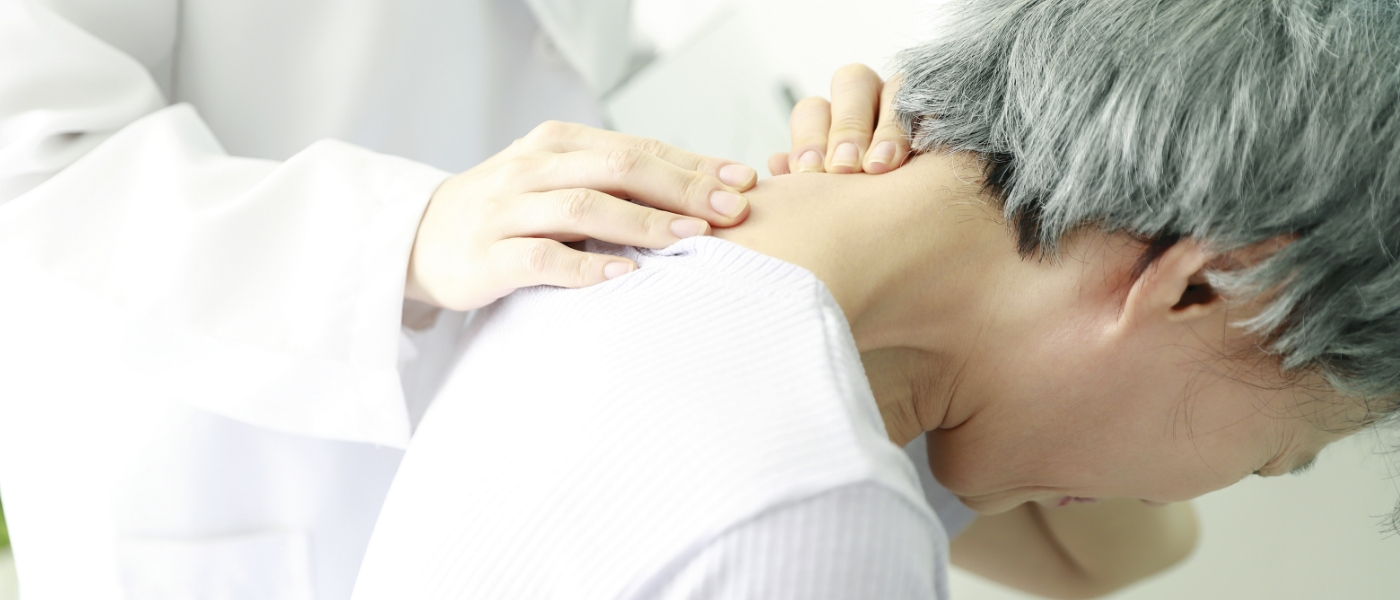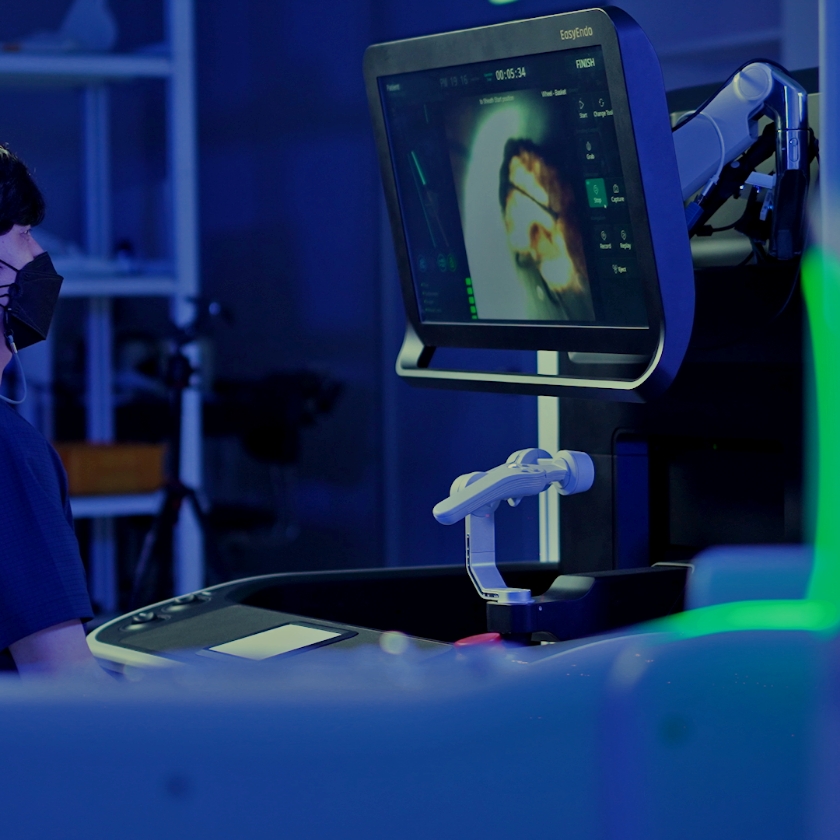Is Surgery Always Required for a Herniated Disc?
Mrs. Kim, a 53-year-old female office worker, was rear-ended by a 1-ton truck while waiting for the green light at a crosswalk on her drive home from work. After the accident, a sharp pain in the back of her neck spread to her right arm and was accompanied by what felt like electric shocks, but she was tied up in he affairs and didn’t get around to going to the hospital. She planned to wash her hair before going to work the next day, but her right arm became increasingly immobile and the numbness in the tips of her fingers worsened. She was diagnosed with the possibility of general paralysis and required immediate surgery, but Mrs. Kim, who had visited other hospitals just in case, was surprised to hear that she should try manual therapy for two weeks before undergoing surgery.
Patients frequently report cases like this in the clinic. In recent years, an increasing number of people are suffering from neck disc problems due to such trauma and due to the prolonged use of smart devices. However, although most people have heard about neck disc disorders, it is difficult to obtain a detailed explanation. With the help of Professor Seok Sang-yoon of the Department of Orthopaedic Surgery at Daejeon Eulji University Hospital, let's take a look at neck disc issues, a common problem among modern people.

What is a cervical disc?
An intervertebral disc or cervical disc is the structure that serves as a cushion between the cervical vertebrae in the human body. Cervical disc disorders occur when these cervical discs crack, tear, and protrude, and when accessory (extra) bone grows in the cervical joints. As in the previous example, disorders may be brought on by an accident, but in most cases, aging is the leading cause. In the aging process that begins after puberty, the cervical discs undergo changes that can lead to disorders.
Professor of Orthopedics at Daejeon Eulji University Hospital, Seok Sang-yoon, stated, “The age at which cervical disc herniation is most prevalent due to aging is the middle-aged group around 40 years old. However, in recent years, the incidence of cervical disc disorders in young people has increased due to the increased use of computers and smartphones, so attention is required.”

The abnormality is in the neck, but the symptoms are in the shoulders and limbs?
The symptoms brought on by a cervical disc disorders can be categorized into three major groups. First, there are neck pain and reduced range of motion. The second condition is radiculopathy, which is caused by compression of the nerve root, a branch of the spinal nerve, and may result in pain, numbness, or weakness in the shoulder, arm, or fingers. Thirdly, there is myelopathy caused by spinal nerve compression, which can can deteriorate the function and motor functions of the arms and legs. The most significant of these symptoms are myelopathy-related. The spinal cord is a large bundle of nerves that connects the brain to the arms and legs. Myelopathy is a condition that occurs when the spinal cord is compressed by a disc in the neck restricting it from performing its functions. These symptoms of myelopathy only appear in about 30% of patients, making diagnosis difficult. Common symptoms include unnatural hand movements and gait abnormalities. Patients with myelopathy frequently drop chopsticks or other objects, and their handwriting changes because they lack fine hand movements. Gait disorders may cause stumbling, a sensation similar to walking on clouds, or stiffness in the legs.

It is vital to go to the hospital early.
There are some cervical disc disorders that necessitate surgery. Particularly, patients with neck pain respond well to conservative treatment. Surgical outcomes are generally poor, so drug and exercise therapy are prioritized. Even in cases of radiculopathy, it is essential to prioritize conservative treatment, as only 70% of patients respond favorably to drug or injection therapy. Myelopathy, on the other hand, does not respond well to conservative treatment, and there are limitations to recovery of damaged nerves after surgery, so it is crucial to perform surgical decompression of the spinal nerves as soon as possible.
Many patients are reluctant to undergo surgery after hearing stories such as “Neck surgery is dangerous and should never be performed” and “Paralysis can occur if the procedure is performed incorrectly.” However, instead of relying solely on this information, we must take a more proactive approach to treatment when necessary. In some instances, surgery is delayed for myelopathy patients, causing their gait disorder symptoms to worsen to the point where they are unable to walk and need to visit the hospital in a wheelchair.
Other radiculopathies respond well to drug treatment or injection therapy, but if left untreated for more than three months, symptoms such as numbness or impaired motor function may persist after surgery.
Professor Seok Sang-yeon of the Daejeon Eulji University Hospital Orthopedics Department stated, “If you have symptoms of a cervical disc disorder, you should not ignore them. If you find a hospital and receive treatment from a specialist as soon as possible, it is possible that you may recover your health. In addition, according to a report by the Society, the frequency of serious complications during surgery is less than 1 percent; therefore, treatment must be more proactive. Nowadays, 1cm-sized spinal nerves can be viewed using a tiny microscope during cervical spine surgery so that the procedure can be performed more safely.”
Source | Eulji University Hospital Professor Seok Sang-yoon





 Specialized Medical Service
Specialized Medical Service
 Bio Technology
Bio Technology
 Health & Wellness
Health & Wellness
 City & Culture
City & Culture
 Hot Issue
Hot Issue
 Interview With
Interview With
 Medical Technology
Medical Technology
 City & Culture
City & Culture
 Food & Travel
Food & Travel
 Health & Wellness Tips
Health & Wellness Tips
 Hot Issue
Hot Issue